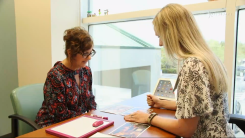
Hannah C.


People with Anxiety Disorders May Have Thyroid Inflammation

3-Year Ban on Parties May Be Necessary to Avoid Spreading COVID-19
San Diego Zoo Global Successfully Clones Endangered Przewalski’s Horse
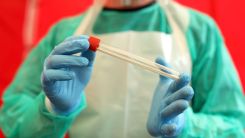
Why COVID-19 Tests Are Inaccurate and the Role Dead Viral Cells Play

Reassembled Catalyst Enables Efficient Production of Hydrogen Gas

What is Ayurveda?

What's the Difference Between Cold-Pressed & Cold-Processed Coconut Oil?

Why Was Aristotle, Freud, & Many Others Fascinated by European Eels?
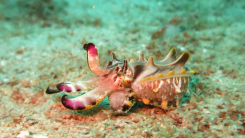
Flamboyant Cuttlefish Behavior Explained

Deviant Burials: Infectious Diseases or Something Scarier?
Passerby Captures Rare Photo of Red Squirrel and Woodpecker Fighting Over Nuts

Should Daylight Saving Time Be Canceled?
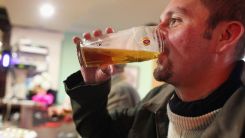
Coffee May Help Alcoholics Have a Lower Risk of Liver Cirrhosis

Health Inspectors Hope to Develop Required Licensing for Beauty Salons

NASA/ESA's Hubble Captures Images of Cygnus Supernova Blast

Lunar Hematite: Why Is There Rust on the Moon?
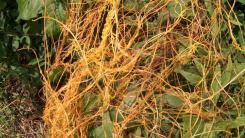
Parasitic Plant Eavesdrops on Host's Flowering Cycle

Algae-Based Biofabric Designed to Help Reduce Carbon Gas Emissions
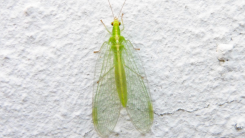
165-Million-Year-Old Fossils Reveal Insects' Amazing Survival Skills

Breakthrough Research Identifies Molecule Capable of Storing Solar Energy

Recent Study Suggests Nightmares Are Associated With Cardiovascular Health

What is Post-Traumatic Growth?

Otegaroom: Soundproof Room for Remote Work & School

CDC Death Count Accuracy Misinterpreted
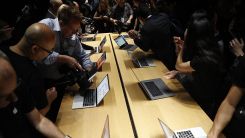
How Did Malware Get Past Apple's Notarization System?
This 1988 Nobel Prize Winner is Responsible for Today's Antiviral Treatments

Generators Cause Carbon Monoxide Poisoning in Norway and the U.S.
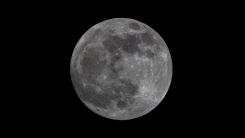
Here's What the September Corn Moon Means for Native Americans & Buddhists
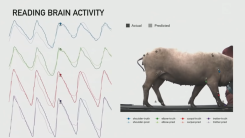
Can Elon Musk's Neuralink Overcome the Complexities of the Human Brain?
Most Popular

Extreme Weather Science Reveals How Climate Change Patterns and Global Warming Transform Earth's Weather

What Causes Tornadoes and How They Form: Tornado Science Explained for Extreme Storms

Why Pandemics Keep Happening: Pandemic Cycle and the Rise of Emerging Diseases

How Planets Form: Planet Formation and Protoplanetary Disks in Solar System Creation




